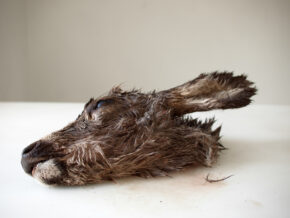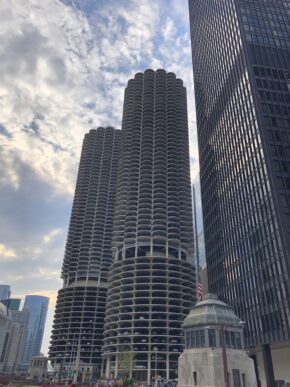Artists communicate with symbols. We use them to construct a visual language that can, at its best, transcend the need for verbal translation. As viewers, therefore, we expect to look at a photograph and evaluate the subject as itself, and as a set of ideas we believe it to represent.
In the Chinese Northern Song Dynasty, just after the turn of the first Millennium, huge cliff mountains were rendered, on screen paintings, to represent god. The power of the Universe. Fan Kuan’s “Travelers Among Rivers and Streams” is one of the best examples of this tradition. (Almost 7 ft tall.) Imposing.
This symbol set, plucked from the tradition of perhaps the world’s oldest culture, was at the front of my brain as I walked around Binh Danh’s exhibition of daguerreotypes at Haines Gallery in San Francisco. The photographs were made in Yosemite, that “Most Famous California Landmark,” shot in 2012. Old school new school make sense, in a dematerialized world.
We all know this particular set of rock cliffs, as the place has been shot to death. (Which doomed the show in my companion Kevin’s opinion.) These image/objects, though, shimmered silverly against the gray walls. Blue skies were evident in several, but not all of the pictures. The ghostly, non-realistic way of depicting the mountains brought me straight through time back to those aforementioned, thousand year old screen paintings. Excellent.
Stepping through the Danh exhibition, into the rear of the gallery, I confronted a low, dense, wide pyramid of sunflower seeds, by Ai Weiwei. Quiet. Heavy. Powerful. Beautiful. Zen.
I knew of the project, from which this installation was a small part. Reputedly, the artist commissioned 100 million porcelain sunflower seeds to be made and hand painted in the factories of China. That’s a big enough number to suitably represent 1.3 Billion Chinese people, all individuals, but having to adhere to the same operating code to avoid the gulag.
It also celebrates China. The current manufacturing base has lifted tens or hundreds of millions of citizens out of abject poverty, engendered by an overwhelming collective work ethic. The entirety of the sunflower seed installation was shown at the Tate Modern in 2011. (And they subsequently purchased 8 million of them.)
Here, I faced 500 lbs of the mini-sculptures. A quarter ton. (Or so I was told. Try to to count or weigh them, and security will be on you faster than my jaw dropped when I saw Clint Eastwood kill Seinfeld’s Uncle Leo in “The Outlaw Josey Wales.” So Postmodern I still have a headache.) That’s one of the pleasurable absurdities of work like this. We trust, but implicitly know the arithmetic could be off. Who would know?
In this gallery, fortunately, the version on display was worth Mr. Ai’s considerable hype. Massively beautiful, the perfect art stand-in for the experience of sitting beside a tree next to a cliff, listening to a waterfall behind you. (And I should know.)





